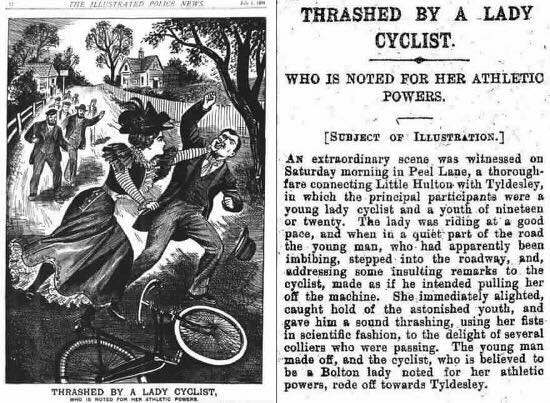2022!
My wild New Years: A sound thrashing by a lady cyclist. Bad presidential poetry. Snakes in the White House. Yale's widow-loving namesake. Cholera "before and after"—and much more!
Upcoming virtual events: I’m featured in Preserving Democracy: Pursuing a More Perfect Union, a new PBS series…
Keep reading with a 7-day free trial
Subscribe to Study Marry Kill to keep reading this post and get 7 days of free access to the full post archives.


